Feeding Marijuana Plants More Nutrients in October
Content updated in August 2022
In this article, learn the basics of Cannabis plant nutrients in order to start growing. For example, how to read nutrients labels, what is NPK, and when to switch to bloom nutrients. We'll start with one of the easiest ways to grow cannabis at home: plants in containers or pots with a growing medium like soil.
Table of contents
- Types of fertilizers
- Synthetic chemical fertilizer
- Organic fertilizer
- Organic vs synthetic fertilizers
- Micronutrients and Macronutrients for Cannabis plants
- What is NPK?
- Secondary macronutrients and micronutrients
- How to read fertilizer numbers
- NPK Fertilizer
- Difference between Cannabis fertilizers and supplements
- Nutrients for veg stage
- Nutrients during the flowering stage.
- FAQs about Cannabis Nutrients
- When should I start feeding my plants with nutrients?
- Should I use nutrients every time I water?
- When to switch to flowering nutrients?
- How often should I give my plants nutrients?
- When should I stop giving my plant nutrients?
Plants need more than just plain water to grow. This means that certain nutrients must be there for plants to grow healthy and develop flowers or buds with good taste and aroma. There are many ways in which we can supply our plants with nutrients.
Types of fertilizers
Fertilizers are products manufactured to "feed" the plant with micro and macronutrients. Keep reading to learn about them.
Nutrient schedules for growing Cannabis may include organic nutrients, chemical or synthetic nutrients, or a mix of both. All these options are fine and they have their pros and cons. You can choose the best one for you based on your preference, location, availability, and budget.
Synthetic chemical fertilizer
Chemical or synthetic fertilizers designed for Cannabis cultivation are made with precise NPK ratios, micro and macronutrients for each stage and this makes them a great option. Nutrients in chemical fertilizers are almost immediately available for plants to absorb in order to grow fast and healthy. This becomes really important when nutrient deficiencies need to be corrected quickly. Chemical fertilizers are a great option for growers who want to harvest big, sticky buds and maximize their growing time. Hydroponic weed is usually grown with synthetic fertilizers.

Growers need to follow instructions and schedules for applying chemical fertilizers in order to avoid overfertilization or nutrient burn. Overfertilization may damage, delay flowering or even kill your plants so be careful! Get the Grow with Jane app to plan and set reminders!
Organic fertilizer
Natural and organic fertilizers are naturally produced with mineral sources (limestone), animal waste (manure, guano) or plant-derived substances (compost, seaweed extract). Organic fertilizers have been used for centuries to achieve strong, healthy, and vigorous plants. Some organic nutrients are sold as "raw materials" such as guano or bone meal, which may need to be composted or treated. Guano fertilizers are made with the excrement of bats and seabirds.

There are also elaborate compounds ready to use such as earthworm castings or vermicompost. Worm castings (a.k.a. worm excrements or poop) are used for making vermicompost, a type of fertilizer or humus packed with beneficial microorganisms and organic matter.
Organic vs synthetic fertilizers
Both methods can render great results if they are carried out correctly. Synthetic chemical fertilizers have the advantage of having the necessary elements immediately available for plant uptake. On the other hand, be careful about nutrient excess stress or burn when applying synthetic chemical nutrients. Always follow the instructions and maybe start with a lower dose and then increase it gradually.
Organic options tend to be more environmental-friendly than their chemical counterparts, depending on how they are produced and managed. Some organic compounds may take more time in the soil to transform into the elements that the plant can uptake. Animal manures (rabbit, horse, chicken, sheep, etc) need to be composted before use and have different breakdown times.

Micronutrients and Macronutrients for Cannabis plants
Plants take macro and micronutrients (elements) from the soil, air, and water. The necessary nutrients are divided between macro and micro, meaning that Cannabis plants need macronutrients in larger amounts.
Carbon (C), oxygen (O), and hydrogen (H) are the basic elements involved and plants take them from the air (CO2) and water (H2O). Keep good aeration inside your tent or grow room to make sure your plants are receiving the correct amount of Carbon and Oxygen from the air. A good source of water is also vital for basic plant functions. Water should come from a safe source: tap water is fine, use bottled water if potable water is unavailable in your area. Carbon-based filters and some other water filters are great for Cannabis watering because they filter out chlorine and other components. You can also leave water in a bucket or bottle for 24 hours and then stir energetically for the chlorine to evaporate.
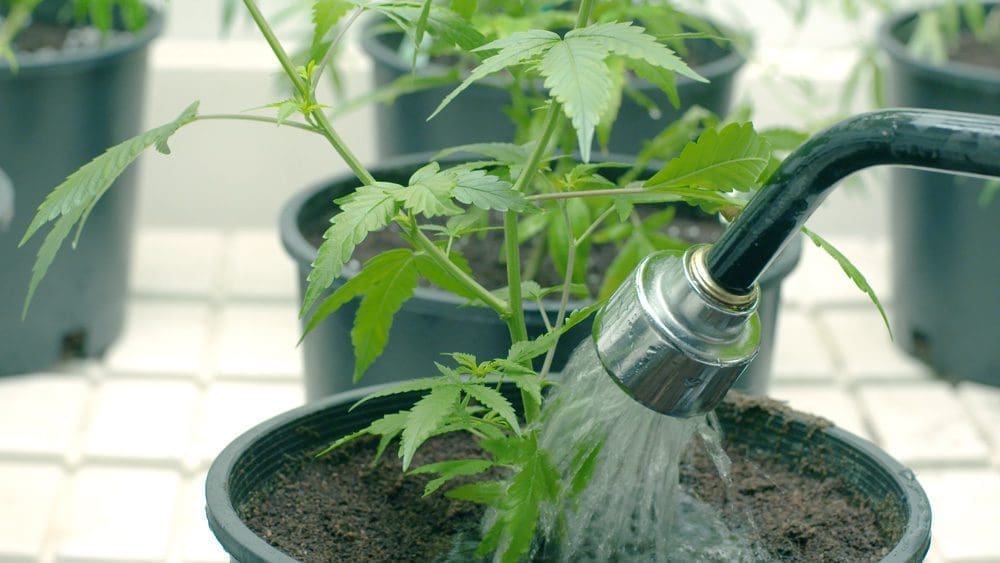
What is NPK?
The main macronutrients involved in plant nutrition are known by the acronym NPK, they are nitrogen (N), phosphorus (P), and potassium (K). They are necessary for Cannabis plants to grow strong, and healthy, and to achieve a major final crop.
Secondary macronutrients and micronutrients
The secondary macronutrients are calcium, magnesium, and sulfur. Along with basic macronutrients, plants also require these elements to grow healthy.
Micronutrients, such as manganese, boron, sulfur, iron, molybdenum, zinc, and copper, are present in most fertilizers but in smaller amounts than macronutrients.
Silicon or Silica (Si) is a very important element not considered essential but highly beneficial. Silica helps plants grow stronger cell walls and stronger stems and leaves. AddingSilica or Silicon dioxideto your medium ensures strong plant development. Silica is very common in most soils outdoors but plants grown in pots with soil mix, coco, and hydroponic systems need silica additives.
How to read fertilizer numbers
It's normal to become confused and overwhelmed by the number of different products branded as "cannabis nutrients". As you learn more about nutrients, you'll become fluent in reading fertilizer labels. For now, there are just a few things you need to know.
One thing you need to learn if you are planning on using Cannabis nutrients is how to read fertilizer labels.

Most fertilizer labels have three numbers that represent the primary nutrients for plants: nitrogen (N), phosphorus (P), and potassium (K). This is what NPK means. These numbers stand for the percentage of each nutrient in the solution. For example, NPK 4 – 15 – 13 means a fertilizer has 4% of nitrogen, 15% of phosphorus, and 13% potassium.
Cannabis has its own requirements regarding the ratios of each nutrient needed in each stage of development. This means that an all-purpose fertilizer with NPK 16-16-16 may be great for your lawn, but won't be that good for your Cannabis plant.
There's not only one correct formula with the perfect NPK ratios, or every brand would be doing the same thing. Instead, there's a certain balance you need to maintain but the percentages may vary from product or line of products.

NPK Fertilizer
We can find the essential nutrients for Cannabis plants in different fertilizer products. These products are usually created for each of the plant stages. Most of the time, there's a dose measure and schedule chart on the fertilizer's label.
Fertilizers with a high % of N (nitrogen) and a lower % of P (phosphorus) and K (potassium): Usually intended for the veg stage. For example NPK 9-5-8.
Fertilizers with a lower % of N (nitrogen) and a higher % of P (phosphorus) and K (potassium): Usually intended for the flowering stage. For example NPK 5-9-9.

Not all fertilizers have the same amount of nutrients! It is essential to read every product label and follow the measure guides and schedules to avoid nutrient excess or deficiency. Observation is vital since the plant will give us physical signs of nutrients' lack or excess.
Some products are designed to be applied from the beginning right to the end of the crop. Always follow the manufacturer's instructions!
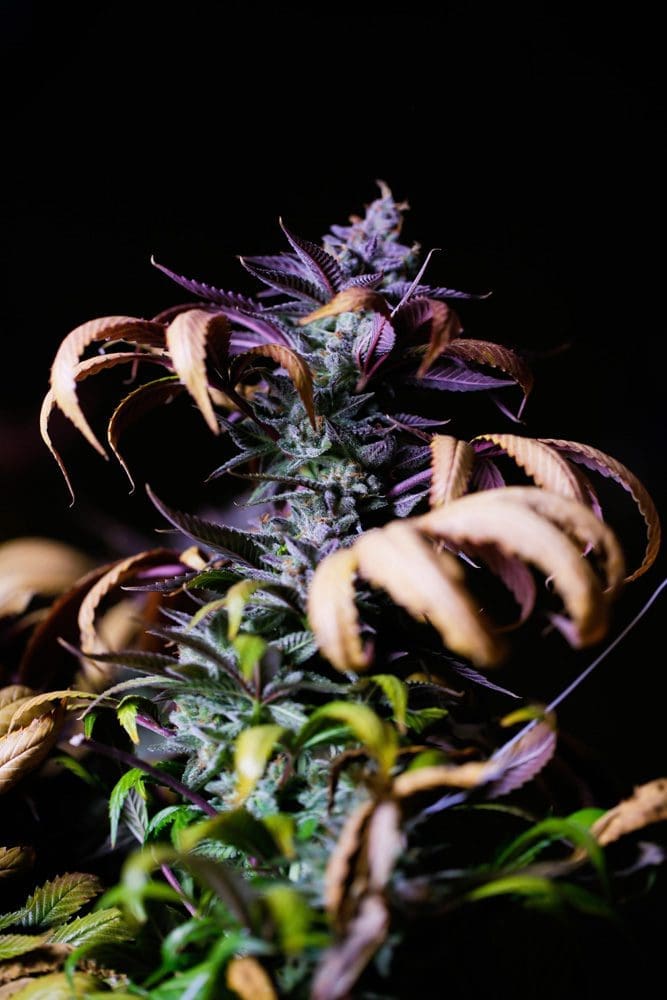
Difference between Cannabis fertilizers and supplements
Supplements are substances used to improve the physical condition of the soil, to help plants grow, or to increase yields. Some examples are microbial inoculants, wetting agents, humic and fulvic acids, and composts. They may include some micronutrients.
When a product has a very low % of NPK it's probably a supplement and not a base fertilizer.
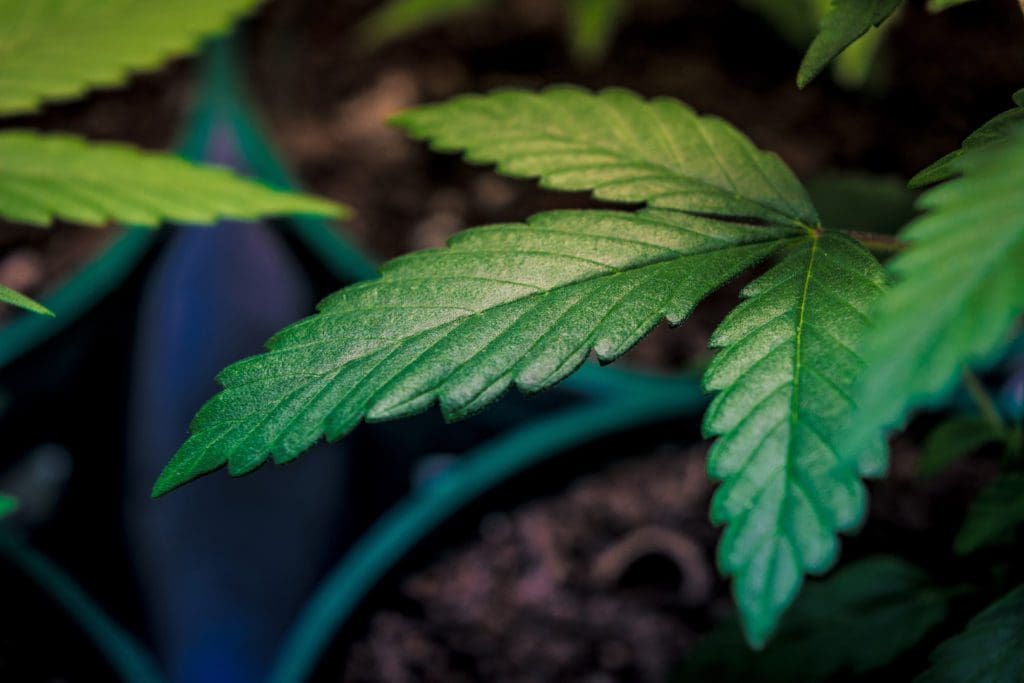
For example, products with NPK 1.5 – 0.1 – 3.5 are supplements, not the main fertilizers.
When starting, it's better to concentrate on having at least one base fertilizer for the veg stage and one for the flowering stage with the above-mentioned NPK ratios (see chart). After this is covered, you can add supplements to give your plants a boost. If you start feeding only with supplements in the flowering stage, plants will probably develop severe deficiencies because P (phosphorus) and K (potassium) ratios are not enough. This may result in poor or no budding at all and very small harvests.
Nutrients for veg stage
The vegetative stage lasts about 4 -12 weeks (or more) and during this period, the plant requires a significant amount of light and nutrients. It's very important to supply nutrients for the vegetative stage to grow healthy plants.
Marijuana plants need high levels of nitrogen (N), especially in this growth phase, since it is the nutrient in charge of regulating protein production. It is also responsible for the leaves and stems growth, which will be reflected in the plant's future size and general strength.
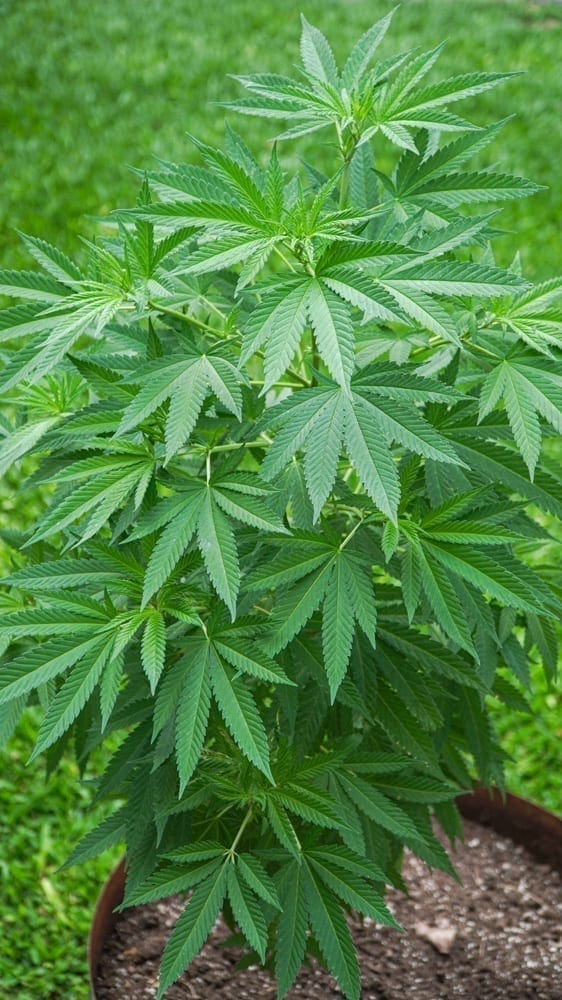
Fertilizers for the vegetative stage contain a high percentage of N (nitrogen) and a lower % of P (phosphorus) and K (potassium). For example NPK 9-5-8
The most common nutrient deficiency in the veg stage is nitrogen deficiency. Nitrogen deficiency shows in yellowing old leaves at the bottom of the plant, and the whole plant becomes light green. If the leaves' tips or edges turn brown, or the green color of the foliage turns darker, the plants could be suffering from nutrient toxicity or overfertilization.

Nutrients during the flowering stage.
The flowering stage in marijuana plants is the period when they grow their flowers or buds.
In this phase, there is high consumption of nutrients, mainly phosphorus, and potassium. To supply the plant with these elements, it is best to apply a fertilizer solution during the flowering stage. Unlike the vegetative stage, when the flowering process begins, the plant needs less nitrogen.
Fertilizers for the flowering stage contain a lower percentage of N (nitrogen) and a higher % of P (phosphorus) and K (potassium). For example NPK 5-9-9
Feeding the plants properly during the flowering phase will result in the healthy development of the plant together with an abundant harvest, which is what every grower wants.
Biostimulants and supplements for the flowering stage increase and optimize the absorption of fertilizers, resulting in thicker, more compact flowers with a better flavor. They also promote the production of terpenes and cannabinoids and increase the natural resistance of plants against disease and stress.
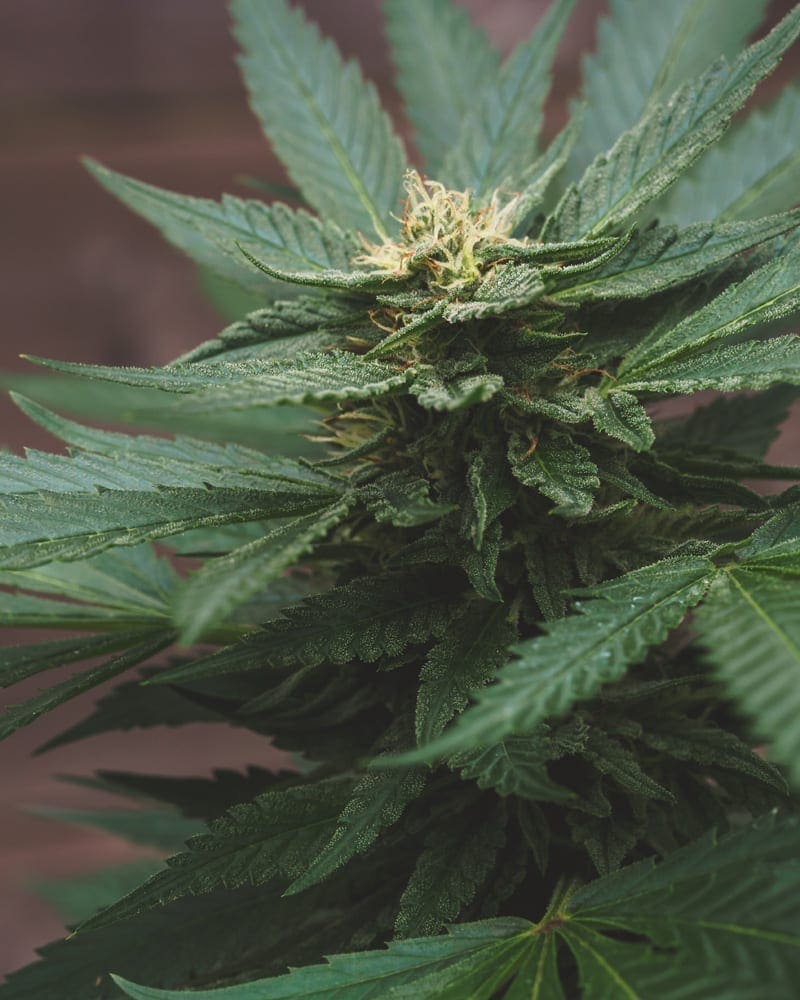
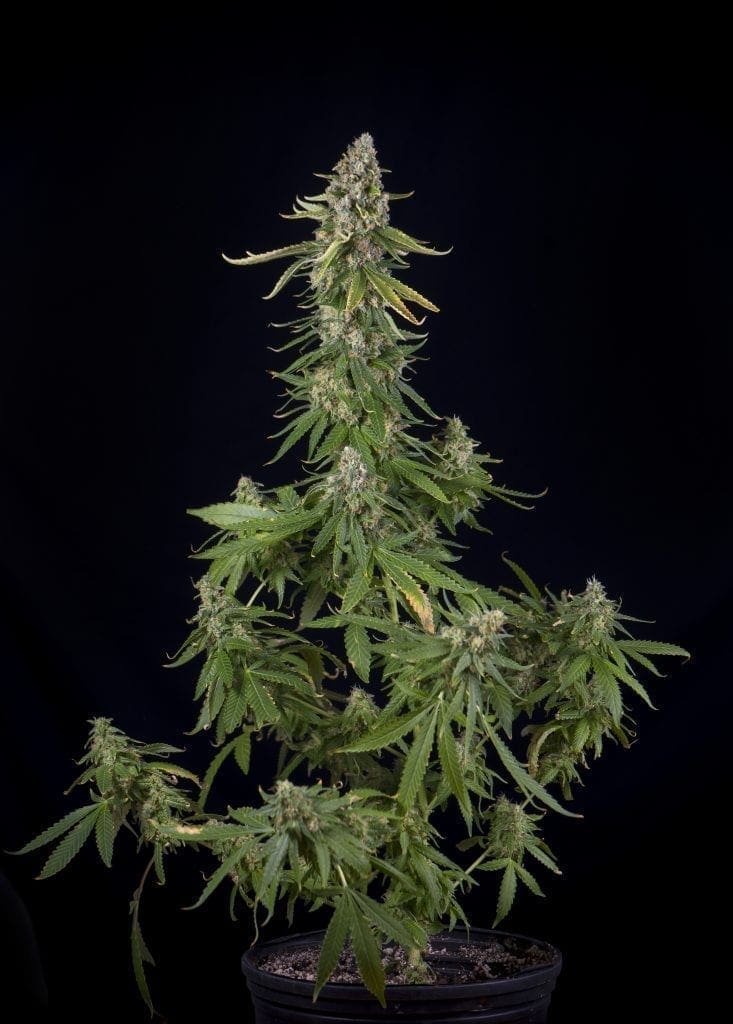
FAQs about Cannabis Nutrients
When should I start feeding my plants with nutrients?
You can start giving your plants nutrients as soon as they have grown 2-3 sets of leaves. Some fertilizer brands start the feeding schedule after 1 week after germination, during the seedling stage, and this is perfectly fine. The dose will be significantly lower for a seedling so be careful to follow the instructions to avoid nutrient burn. Depending on the selected growing medium, nutrients are going to be needed sooner or earlier. Some soil mixes come with nutrients for the first 3-4 weeks, they are called "hot mixes". Avoid double fertilizing and risk burning by reading carefully what's on your mix and how to proceed.
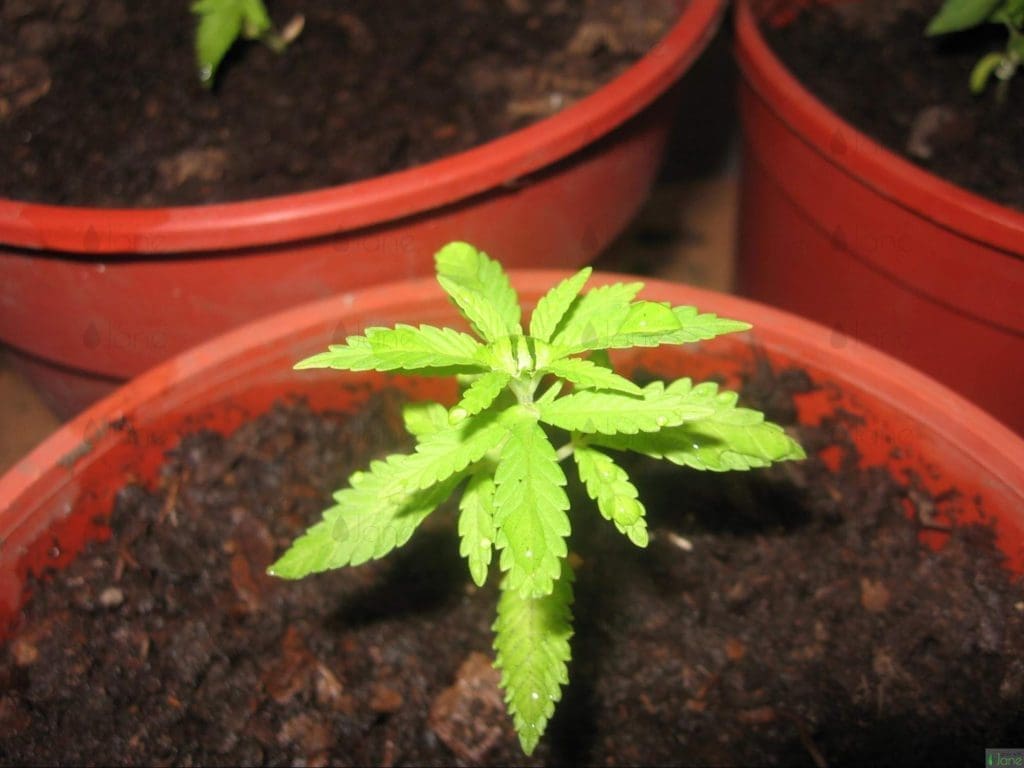
Should I use nutrients every time I water?
Some fertilizers are designed to be applied with every watering, other products are meant to be applied once a week with watering and the rest of the week give them only water. Always follow the nutrients chart provided by your fertilizer brand to know exactly how often to fertilize. Keep track of your nutrient schedule to avoid nutrient deficiencies or excesses, which may severely harm your plants.
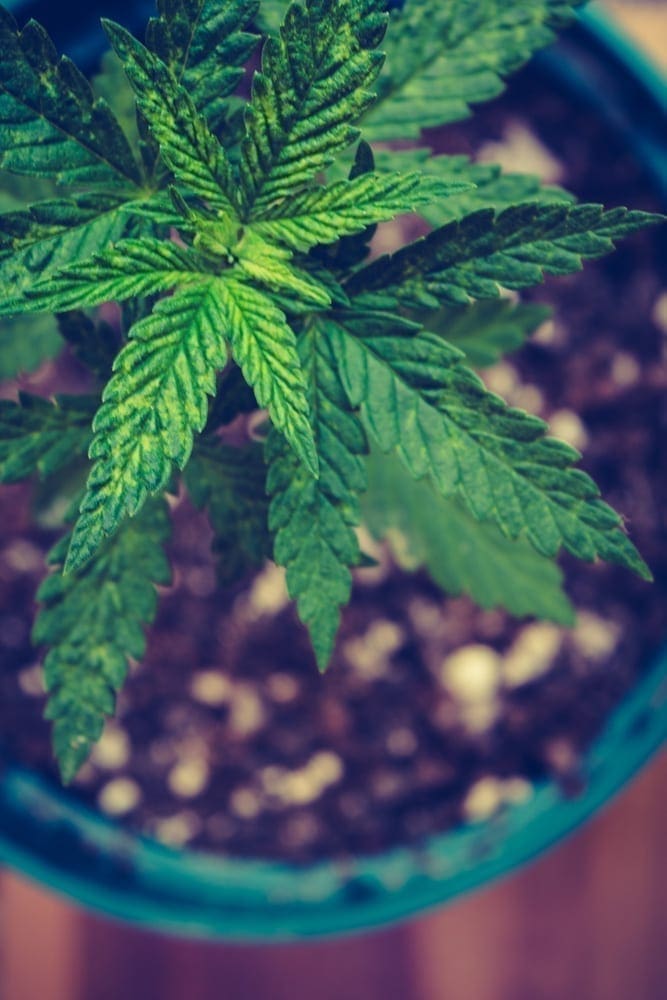
When to switch to flowering nutrients?
When you see the first signs of flowering stage and the plant starts to develop pistils, the flowering process has started. You may apply blooming nutrients from week 4 or 5 of the vegetative stage if you are planning on switching to flowering soon.
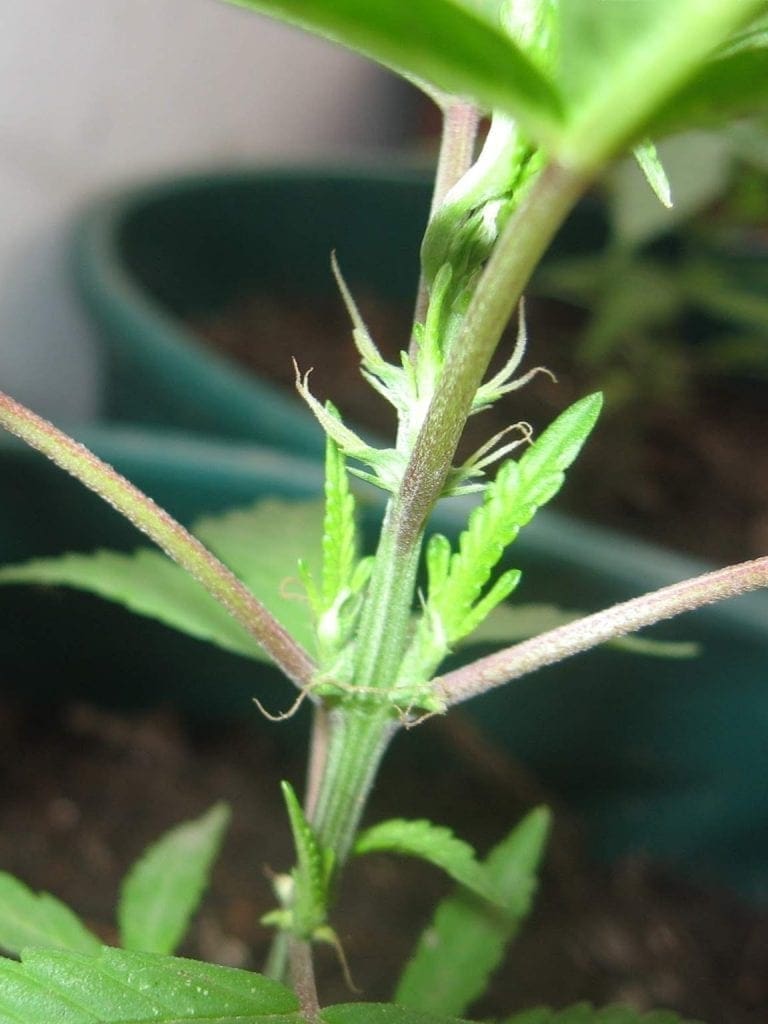
If you are planning on giving your plants a longer veg stag, you can switch to bloom nutrients when the plant is big enough to fit the growing environment. Mind that plants stretch a bit more when the photoperiod changes, calculate their height or consider LST (Low-stress training). Remember to change the photoperiod (hours of light) from 18/6 hours to 12/12 if growing regular seeds to trigger flowering.

How often should I give my plants nutrients?
Some fertilizers are meant to be applied with every watering, other brands advise applying only once a week. Some supplements need to be applied once a month, or within some weeks. Read the instructions and set a calendar reminder on the Grow with Jane app to avoid forgetting or missing doses.
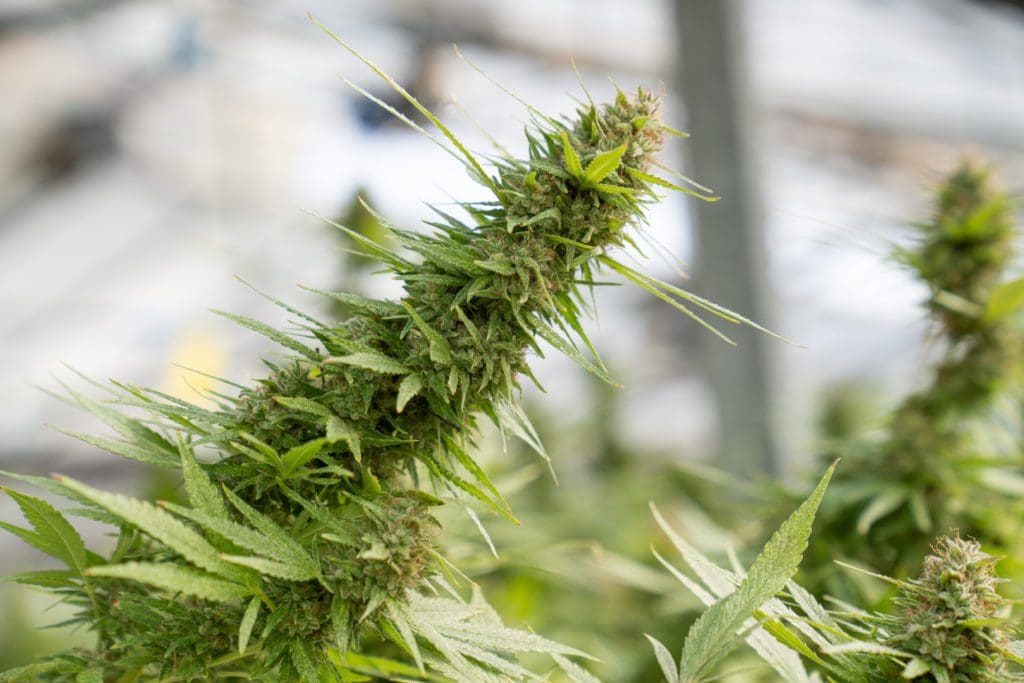
When should I stop giving my plant nutrients?
During the last week (or two) of flowering, many growers stop feeding their Cannabis plants with nutrients and start watering with water only. Growers flush their plants to avoid or minimize "chemical" flavor in the flowers when chemical fertilizers had been used. Near the harvesting date, pistils are going to look brown and curled in and trichomes are going to look rather milky or amber/brown. Read our article to know when to harvest and how to flush your Cannabis plants.
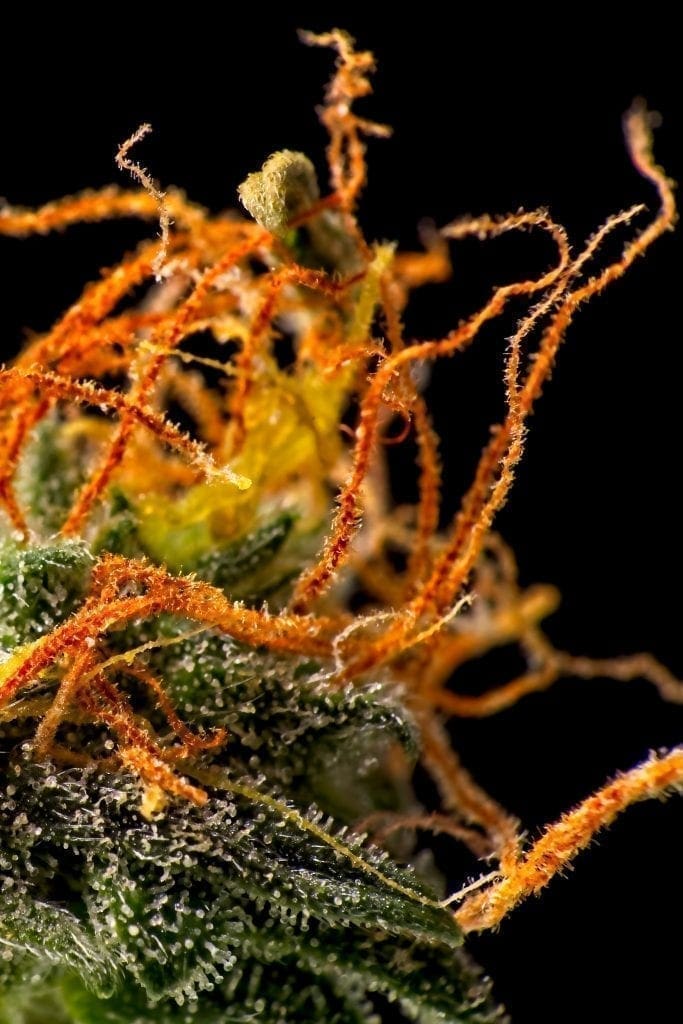
rodriguezrevey1974.blogspot.com
Source: https://growithjane.com/nutrients-cannabis-plants/
0 Response to "Feeding Marijuana Plants More Nutrients in October"
Postar um comentário